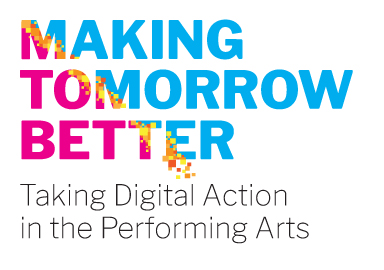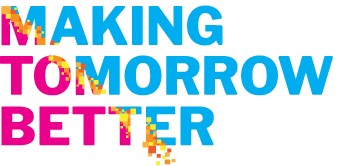Reflection on Arts, Culture and Digital Transformation Summit in Banff
I am grateful to the Banff Centre for Arts and Creativity for inviting me to participate in this digital transformation summit in November 2019. Following is a responsive personal reflection on:
What do you think are the most promising ideas and activities for moving forward in a digital transformation in the arts?
Two ideas stood out to me: first, worldviews matter to how we regard and evolve our digital presence; second, the Canadian arts world is a latecomer to the digital realm—especially not-for-profit arts and arts service organizations—but it is working hard to catch up.
Indigenous Worldviews in the Digital World
These ideas kept coming back to me in several presentations, panels and hallway conversations. Bringing Indigenous worldviews and worldviews from outside western European traditions to bear on the way we conceive of the digital realm and its uses offers tremendous hope for our collective future well-being. The winners and losers paradigm that has driven digital innovation appears to reinforce—rather than improve —the real world dynamics between advantaged and disadvantaged groups; the colonizer and the colonized; the recent immigrant of colour and the predominantly white settler of European descent. By bringing the values, ways of connectedness and accountability of Indigenous peoples in Canada as well as people of colour to the forefront, we could draw on values-based frameworks of belief, thought and action that largely have eluded digital advances.
Catalytic digital investments bring art and technology together
The arts in Canada are working hard to catch up on understanding and making use of the digital realm for good. The Canada Council for the Arts said that only 39% of core applications to the Digital Strategy Fund have been funded during the first half of the fund’s life. This suggests a low understanding of the types of digital intelligence and digital transformations this fund envisioned among a majority of applicants. On the other hand, for many funded projects it is this catalytic investment that has been bringing digital technologists, strategists, consultants and not-for-profit arts organizations in closer contact. This contact appears to have begun to shift the conversation toward a greater understanding of the opportunities and challenges of the digital realm.
As new digital technologies and methods combine with massive increases in data speeds during the next decade, every sector of the arts and every stage in the creative production process will see new kinds of disruptions that challenge their traditional bricks and mortar models. By bringing technologists, digital visionaries, artists and arts organizations together to define mission-critical sector-wide issues and develop effective, scalable digital solutions, the Canadian arts sector can exert, at last, some influence in the digital world.




